As we age, staying active becomes more important than ever—but knee pain can make movement feel overwhelming. The good news? You don’t have to let joint discomfort stop you from living a vibrant, healthy life. With the right approach, seniors can maintain strength, mobility, and independence—even with knee pain.
This comprehensive checklist gives you clarity on what exercises to do, why they work, and how to adapt them safely. Whether you're managing arthritis, recovering from an injury, or simply noticing stiffness, this guide is designed to help you move with confidence.
Contrary to what some believe, rest isn’t always the best remedy for knee pain. In fact, inactivity can worsen stiffness, weaken muscles, and reduce joint support. Regular, low-impact movement helps:
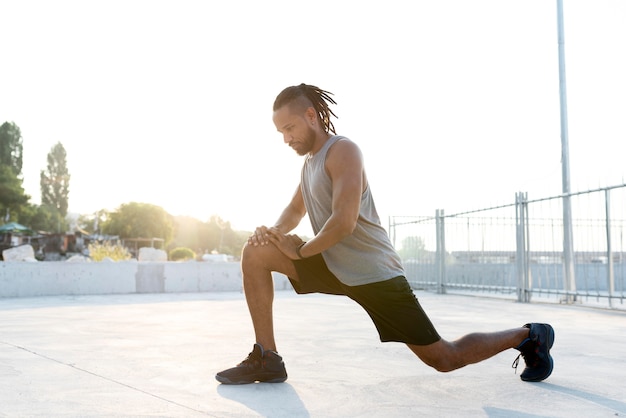
Start every session with light movement to increase blood flow and prepare your joints. Try:
Why it works: Warming up reduces stiffness and lowers the risk of strain.
Cardiovascular health supports joint function and overall well-being. Choose activities that minimize knee stress:
Adaptation tip: Use a walking cane or pool noodles for added stability if needed.
Strong muscles support and stabilize the knee. Focus on these exercises (2–3 times per week):
Why it works: Strengthening the quadriceps and glutes reduces pressure on the knee joint during daily movements.
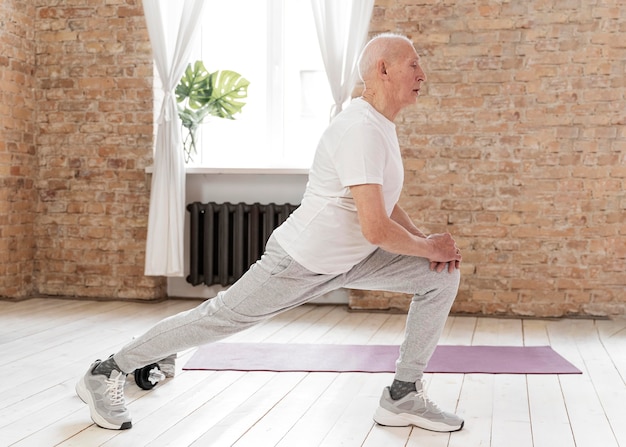
Tight muscles can pull on the knee joint. Incorporate gentle stretching after workouts:
Hold each stretch 20–30 seconds. Never bounce—move slowly and breathe.
Good balance reduces fall risk and improves joint control. Try these safe exercises:
Adaptation tip: Always perform balance exercises near a wall or sturdy furniture.
Every body is different. Listen to your body and adjust as needed:
While exercise is beneficial, certain symptoms warrant professional evaluation:
A physical therapist can design a personalized program tailored to your condition.
Knee pain doesn’t have to mean the end of fitness. With smart choices and consistent effort, seniors can maintain mobility, reduce discomfort, and enjoy a higher quality of life. Use this checklist as your roadmap to safer, more effective movement—today and every day.
Remember: Progress over perfection. Every small step counts.

Fitness

Fitness

Fitness

Fitness

Fitness

Wellness

Wellness
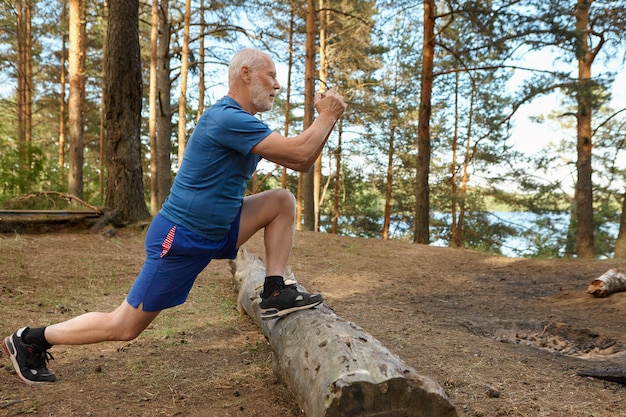
Fitness

Health
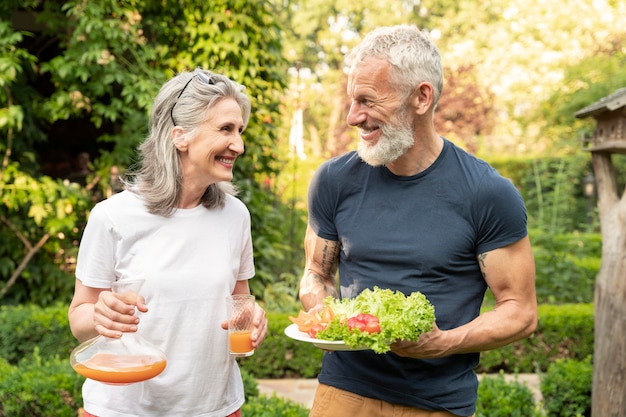
Health
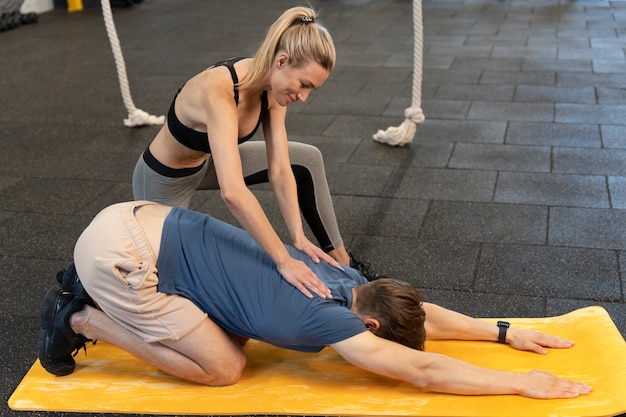
Wellness
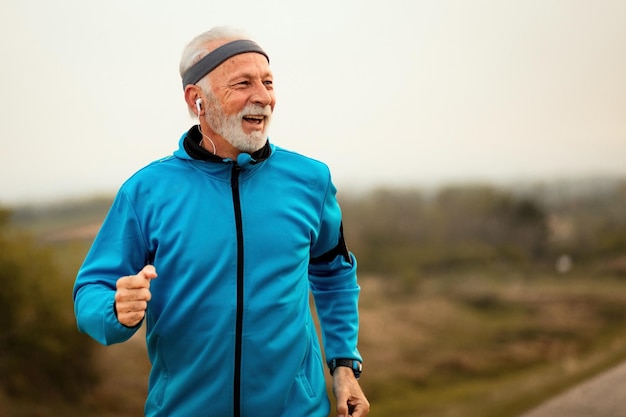
Fitness

Health

Fitness

Health

Health